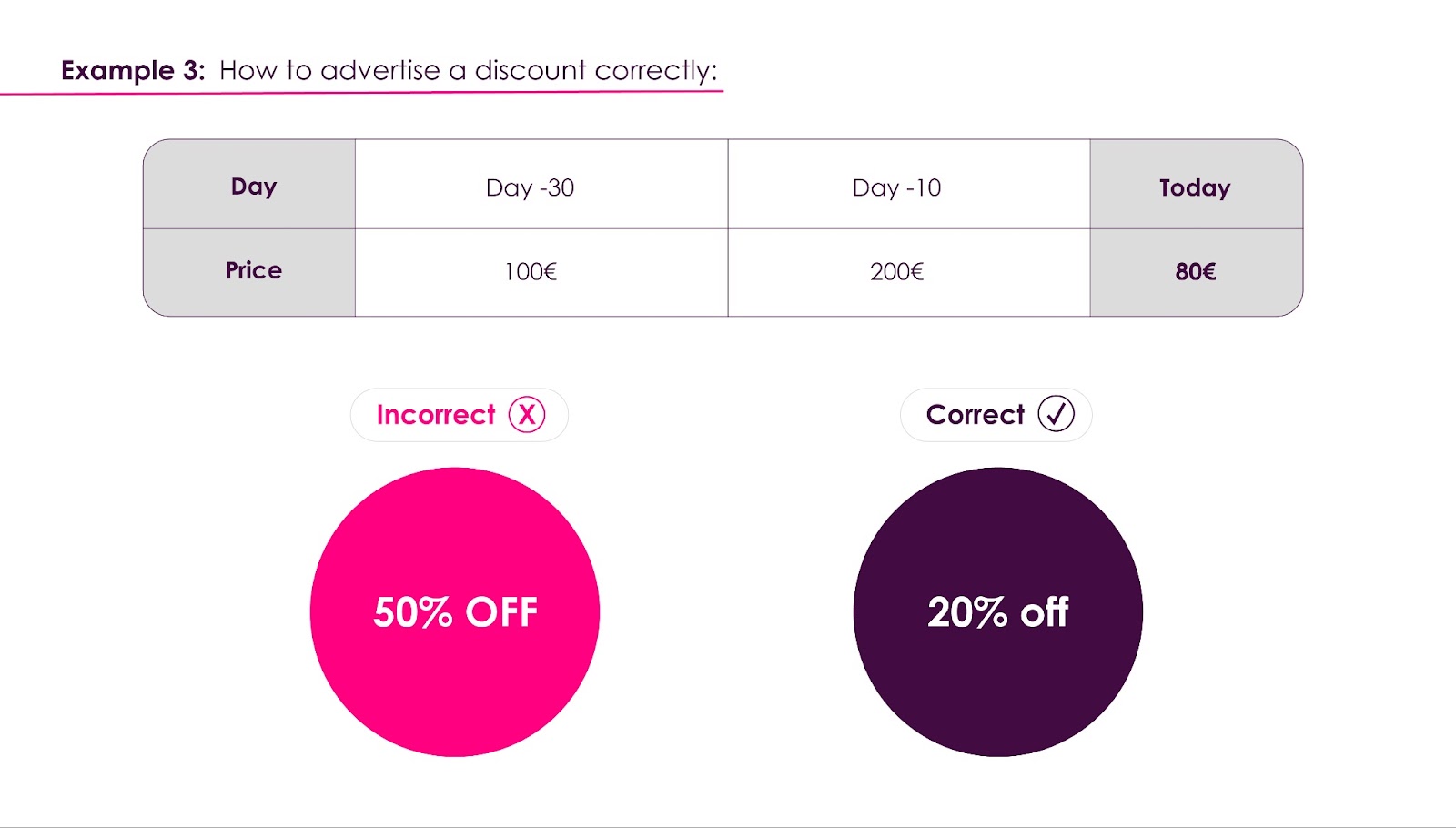
Table of contents:
- What are the PID’s key changes affecting retail stores and consumers?
- Across the EU, reactions have been mixe
- How is Omnia taking action for existing and potential clients?
- Your partner in price maturity and transparency
- Our latest articles
- Talk to one of our consultants about dynamic pricing.
After its first introduction in 2021, followed by some delays in implementation, the EU’s Price Indication Directive (PID) is being implemented across the e-commerce and retail landscape throughout European member states including the Netherlands, Italy, Greece, Poland, and others. However, some countries have expressed concern about how the PID will be implemented, considering how vast and segmented the retail industry has become.
How will this affect retailers, marketplaces and online stores, as well as consumers going forward? What are the specifications that retailers need to abide by? Omnia answers these questions and provides a solution for retail clients who may be concerned about how to implement this new legislation in an effective, seamless way.
What are the PID’s key changes affecting retail stores and consumers?
The PID is part of a larger legislative move within the Omnibus Directive towards bolstering consumer protection and transparency between retail stores and consumers. The PID section, which was a piece of legislation first created in 1998, is being updated with new rules to reflect the times. It focuses specifically on new ways of applying and advertising discounts, while the greater Omnibus Directive includes changes to other aspects of e-commerce such as online reviews, personal data, how aggregator websites display suggestions, and more.
The PID focuses on ensuring retailers, online stores and vendors on marketplaces aren’t deceptively creating the illusion of a price decrease. Under Article 6a, a discount must be based on the lowest price within the last 30 days prior to the newly-introduced reduction and not a base price created by the retailer/vendor. In addition, when a trader intends on implementing a price reduction on an item, they must also show the item’s previous price.
Price Announcements
For example, a price decrease can be displayed as a percentage (“20% off”) or as a specific amount (“€20 off”). This can be shown with the previous price in a crossed-out form. Article 6a does not apply to long-term price reductions that shoppers may get with loyalty programs, cards or memberships, but specifically the price announcements.
Here, we see how the PID gives transparency to pricing announcements:

Before PID:
A discount of 10% is announced.
After PID:
Discount is in fact 0% because the lowest price in the past 30 days is the same price as today.

While a trader may usually advertise a discount of 33% (from 150€ to 100€) because it looks like a higher discount, thus incentivising consumers to buy a product, the PID now forces the trader to advertise either a 9.09% discount or not to advertise it at all.

This means that as a retailer with an effective pricing strategy, one has to be able to access the cheapest price of the past 30 days and base their advertised discounts on it.
More general price reduction announcements like “Sale now on” or “Black Friday specials” are also subject to Article 6a. Retailers, however, can still use general marketing techniques like “Best prices in town!” without Article 6a being invoked.
Retailers
The PID defines traders to be “any natural or legal person who sells or offers for sale products which fall within his commercial or professional activity”. In a nutshell, this includes sellers on marketplaces but not the actual marketplace itself or similar platforms like comparison shopping engines and aggregators. An example here would be eBay which acts as an intermediary platform between traders and shoppers. However, an intermediary like Amazon is subject to the PID rules when it is the actual seller of the goods or when it sells on behalf of another trader.
In addition, Article 6a applies also to traders based outside the EU that direct their sales to EU consumers, including to traders offering goods via platforms.
Across the EU, reactions have been mixed
Transposition and interpretation of the PID have not been a seamless or instantaneous process for most EU Member States. In early July, E-commerce Europe, which represents more than 150,000 businesses selling goods and services online, held a workshop to discuss its findings on how the PID is being approached by Member States. It showed mixed reactions and concerns, with each country approaching the PID with varying levels of seriousness.
Among the concerns were the technical difficulties of indicating the prior price on price tags; how consumers will understand the various prices; how this affects promotional campaigns on items that need to sell rapidly (like fresh food), and the technical issues of displaying the prior price when selling through marketplaces. The countries experiencing the most difficulties were Italy, Sweden, Poland, Finland and Belgium.
A number of survey questions were given to Member States regarding the implementation of the PID, with one survey showing high concern:
Question: Have you experienced difficulties with implementing the new rules on price reductions?
Answers:
- 10 Member States – Yes, regarding technical difficulties to indicate the prior price on physical price tags in stores.
- 9 Member States – Yes, it is more difficult to keep track of the prices and establish the prior price reduction.
- 8 Member States – Yes, regarding the concerns about less compliant competitors gaining a competitive advantage.
- 7 Member States – Yes, regarding technical difficulties to indicate the prior price in online selling interfaces.
- 5 Member States – Yes, regarding technical difficulties to indicate the prior price when selling through online marketplaces.